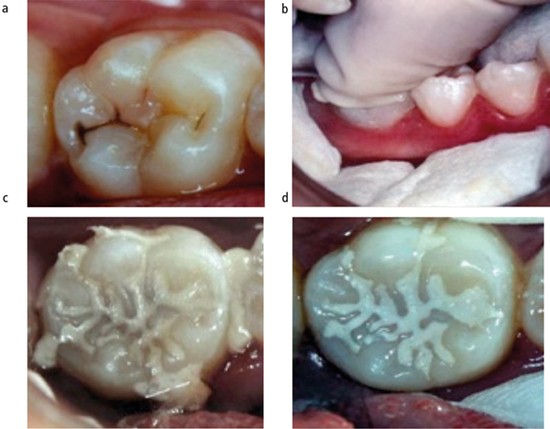
Revitalize Your Smile: Advanced Dental Restoration Techniques
In the realm of dentistry, the pursuit of a radiant and healthy smile has led to significant advancements in dental restoration methods. From traditional techniques to cutting-edge technologies, dental professionals employ a range of methods to restore teeth and enhance overall oral health.
Understanding the Importance of Dental Restoration
Dental restoration plays a crucial role in preserving and improving oral health. Whether addressing decay, damage, or cosmetic concerns, restoring teeth goes beyond aesthetics—it contributes to the functionality and longevity of the entire oral structure. Comprehensive dental restoration methods aim to address diverse issues while ensuring optimal oral well-being.
Traditional Approaches: Fillings and Crowns
Traditional dental restoration often involves tried-and-true methods like fillings and crowns. Fillings are employed to treat cavities caused by decay, while crowns are utilized for more extensive damage or to cover teeth post-root canal procedures. These methods have been staples in dentistry, providing reliable solutions for decades.
The Evolution of Dental Implants
Dental implants represent a revolutionary advancement in dental restoration. These artificial tooth roots are surgically implanted into the jawbone, providing a strong foundation for replacement teeth. With a success rate comparable to natural teeth, dental implants offer a durable and natural-looking solution for those with missing teeth.
Cosmetic Dentistry: Veneers and Bonding
Beyond addressing functional issues, dental restoration methods also cater to cosmetic concerns. Veneers and bonding are popular techniques in cosmetic dentistry. Veneers, thin shells of porcelain, are custom-fitted to cover the front surface of teeth, correcting imperfections. Dental bonding, involving the application of a tooth-colored resin, is used to repair and enhance the appearance of teeth.
Digital Dentistry and 3D Printing
The integration of digital technologies has transformed dental restoration. 3D printing, in particular, has gained prominence, allowing for the creation of highly customized dental prosthetics. From crowns to bridges, digital dentistry enhances precision and efficiency, leading to quicker turnaround times for restorative procedures.
Addressing Gum Disease: Periodontal Treatments
Dental restoration extends beyond the teeth to include treatments for gum disease. Periodontal treatments, such as scaling and root planing, aim to remove plaque and tartar buildup, preventing further damage to the gums and supporting structures. A healthy foundation is essential for successful dental restoration.
Orthodontic Solutions: Aligners and Braces
Orthodontic issues often require specialized dental restoration methods. Aligners and braces are employed to correct misalignments, bite issues, and crowded teeth. These methods not only enhance the aesthetics of a smile but also contribute to improved oral function and long-term dental health.
The Role of Preventive Care in Dental Restoration
While dental restoration methods address existing issues, a crucial aspect of maintaining oral health lies in preventive care. Regular dental check-ups, cleanings, and adopting good oral hygiene practices contribute to the prevention of issues that may necessitate extensive restoration procedures.
Patient-Centered Care: Tailoring Restoration Plans
Personalization is key in dental restoration. Dentists consider individual needs, preferences, and circumstances when developing restoration plans. Tailoring solutions to the unique requirements of each patient ensures more effective and satisfactory outcomes.
Exploring Your Dental Restoration Options
To learn more about the diverse world of dental restoration methods, visit Dental Restoration Methods. Whether addressing functional concerns, cosmetic improvements, or preventive care, the evolution of dental restoration continues to offer a range of solutions for achieving and maintaining a healthy, vibrant smile.
